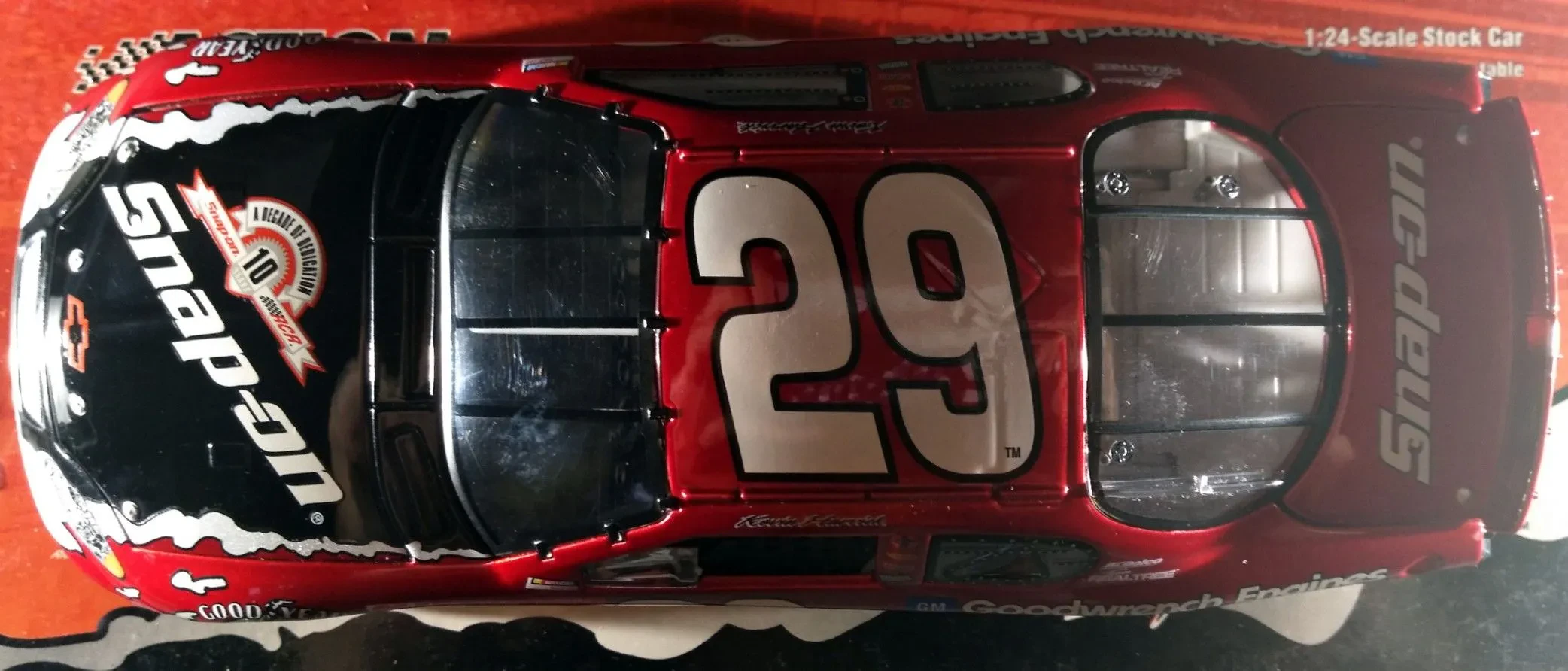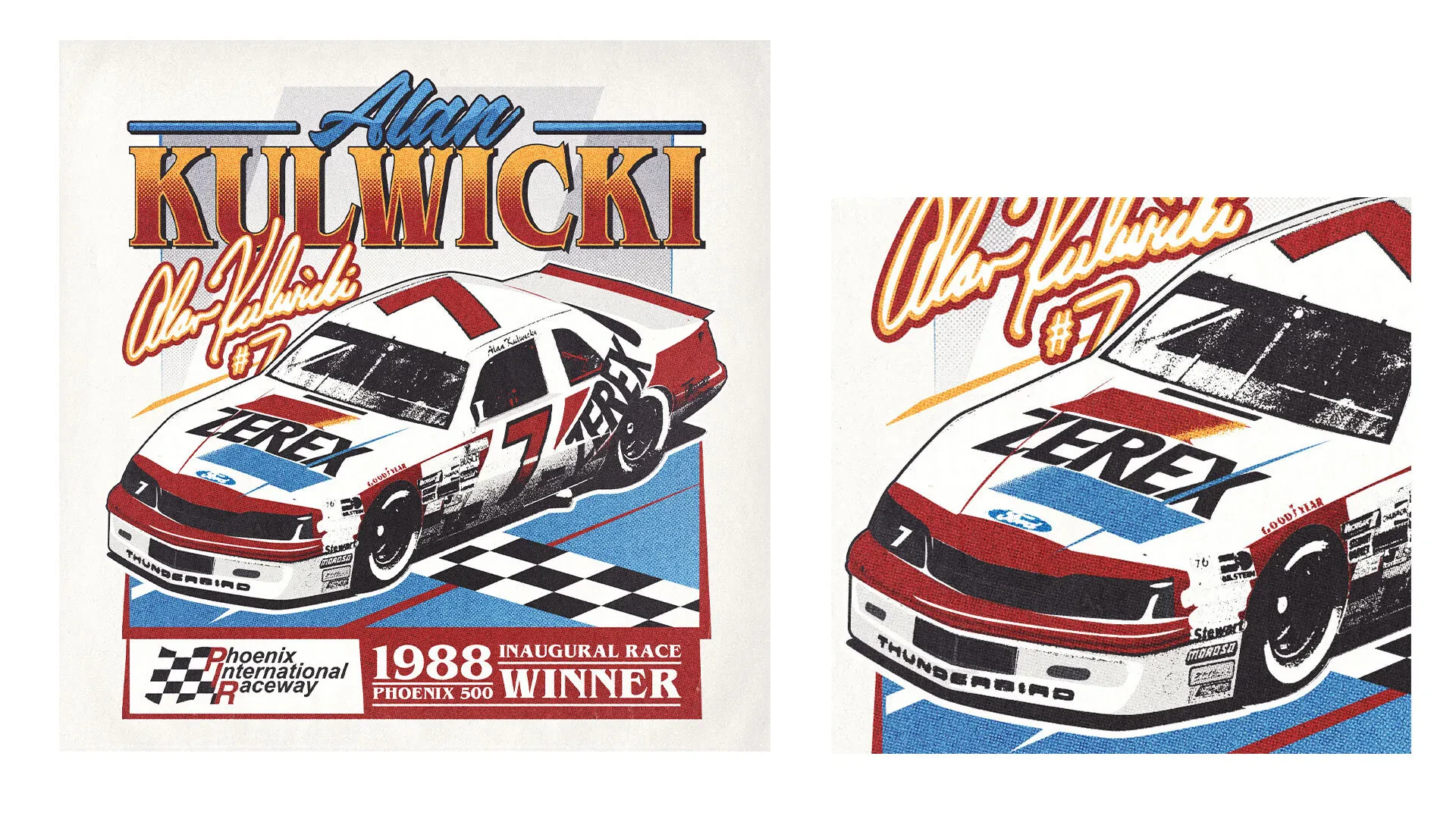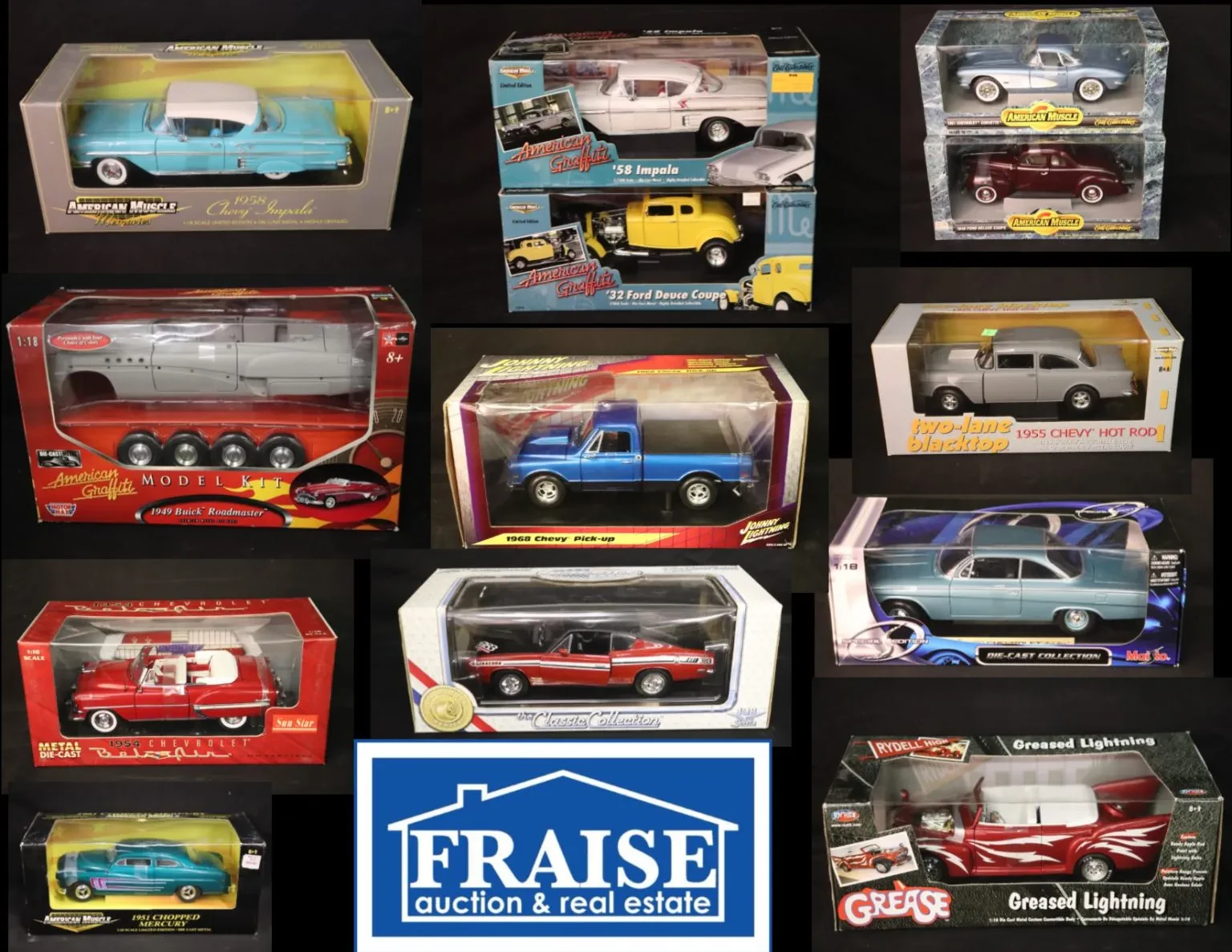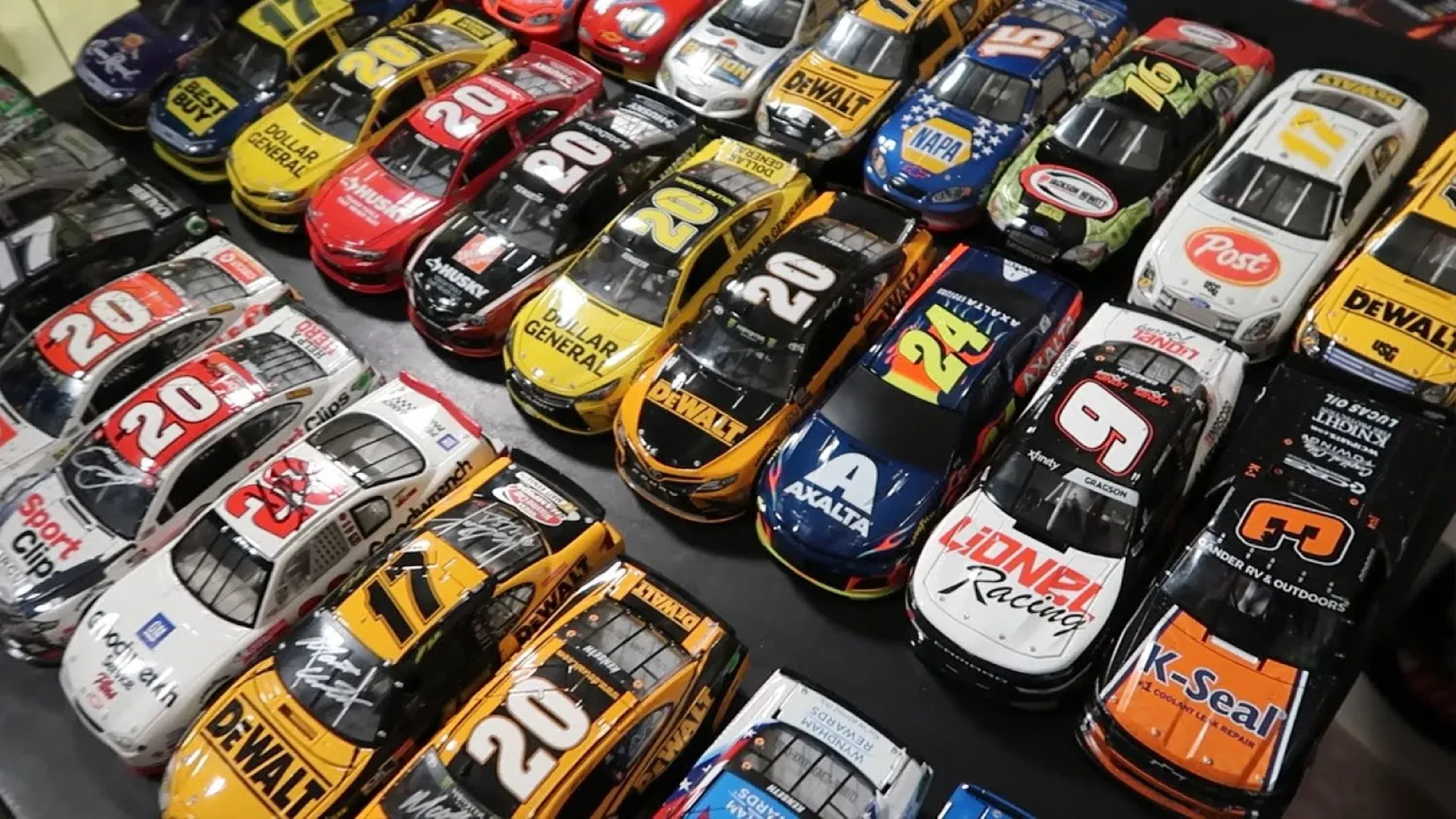Alright, so you’re thinking about diving into the world of NASCAR diecast collecting, or maybe you’ve already got a collection gathering dust and you’re wondering what it’s all worth. One of the first things many collectors look for is a price guide. And in the old days, that meant a magazine. Let’s talk about NASCAR diecast price guide magazines and what they can (and can’t) do for you in 2024.

What exactly is a NASCAR diecast price guide magazine?
Simply put, it’s a publication, usually released annually or bi-annually, that attempts to list the estimated values of various NASCAR diecast cars. Think of it like a Kelley Blue Book for tiny race cars. These magazines typically include listings of different diecast models, scales (like 1/24 or 1/64), driver names, paint schemes, and years produced. The listed values are often based on recent sales data, expert opinions, and the overall condition and rarity of the diecast.
These magazines were especially popular before the internet became so prevalent. They were the go-to source for figuring out if that Rusty Wallace car you found in your attic was worth a fortune, or just a cool memento.
Why were they so popular?
Back in the day, price guide magazines were essential because they were the primary, and often only, way to get a handle on the value of your diecast cars. Here’s why they resonated with collectors:
- Accessibility: Before widespread internet access, these magazines were readily available at hobby shops, bookstores, and even some grocery stores.
- Comprehensive Listings: They offered detailed lists of various diecast models, including specific paint schemes, drivers, and production years.
- Estimated Values: They provided estimated values based on market research and expert opinions, giving collectors a benchmark for buying, selling, and trading.
- Sense of Community: They fostered a sense of community by connecting collectors and providing a shared resource for information.
- Tangible Resource: Having a physical magazine in hand offered a tangible and reliable source of information.

The problem with relying on price guide magazines in 2024
While these magazines were invaluable in their time, relying solely on them in 2024 has some serious drawbacks. The world of diecast collecting, like everything else, has moved online, and the market changes rapidly. Here’s where the magazines fall short:
- Outdated Information: Price guide magazines are typically published annually or bi-annually. This means the information is often several months old by the time you get your hands on it. The diecast market can fluctuate quickly, making the listed prices inaccurate.
- Limited Scope: Magazines can only cover a limited number of diecast models. They may not include newer releases or more obscure variations, leaving gaps in your research.
- Regional Variations: Prices can vary significantly depending on the location and demand. Magazines usually provide general estimates, which may not reflect local market conditions.
- Subjectivity: The estimated values are based on opinions and limited sales data. These estimates can be subjective and may not align with actual market prices.
- Internet is King: Online platforms like eBay, online auction houses, and dedicated diecast forums provide real-time sales data and a more accurate reflection of current market values.
Basically, think about it this way: a price guide magazine published in January 2024 is already potentially outdated by February 2024. A lot can happen in the diecast market in a month.
So, are they completely useless?
Not necessarily! While they shouldn’t be your only source of information, price guide magazines can still be helpful in a few ways:
- Historical Context: They can provide a good overview of the diecast market and the history of different models.
- Identification Aid: They can help you identify specific diecast cars and variations.
- Starting Point: They can serve as a starting point for your research, giving you a general idea of potential values.
- Nostalgia Factor: For some collectors, the magazines themselves are a nostalgic part of the hobby.

Better Alternatives in 2024
Instead of solely relying on price guide magazines, here’s what you should be using to determine the value of your NASCAR diecast collection in 2024:
- eBay Sold Listings: Search for your specific diecast car on eBay and filter by “Sold Listings.” This shows you what similar cars have actually sold for recently.
- Online Auction Houses: Check online auction houses specializing in collectibles for recent sales data.
- Diecast Forums and Groups: Join online forums and social media groups dedicated to NASCAR diecast collecting. These communities can provide valuable insights and information.
- Database Websites: Some websites specialize in cataloging diecast cars and tracking their values. While some might have outdated information, they are generally more up-to-date than print magazines.
- Professional Appraisals: For particularly rare or valuable diecast cars, consider getting a professional appraisal from a certified collectibles appraiser.
Tips for using online resources effectively
Okay, so you’re ditching the magazine (mostly) and embracing the internet. Here’s how to make the most of online resources for diecast valuation:
- Be Specific: Use precise keywords when searching for your diecast car. Include the driver’s name, year, paint scheme, scale, and manufacturer.
- Check Condition: Pay close attention to the condition of the diecast car you’re comparing. Mint condition cars will typically fetch higher prices.
- Factor in Packaging: Original packaging can significantly increase the value of a diecast car.
- Research Rarity: Investigate the rarity of your diecast car. Limited edition or chase cars will generally be worth more.
- Consider Market Trends: Keep an eye on market trends. The value of certain drivers or paint schemes may fluctuate over time.

Ultimately, understanding the value of your NASCAR diecast collection requires a combination of research, market awareness, and a bit of patience. While price guide magazines can offer some historical context and a general starting point, the most accurate and up-to-date information can be found online.
So, do your homework, connect with other collectors, and enjoy the thrill of the hunt! Happy collecting!
Remember that collecting should be fun! Don’t get too hung up on the monetary value. Enjoy the history, the art, and the connection to the sport you love.
And who knows, maybe one day that diecast car you picked up for a few bucks at a flea market will be worth a small fortune. But even if it’s not, you’ll still have a cool piece of NASCAR history on your shelf.
